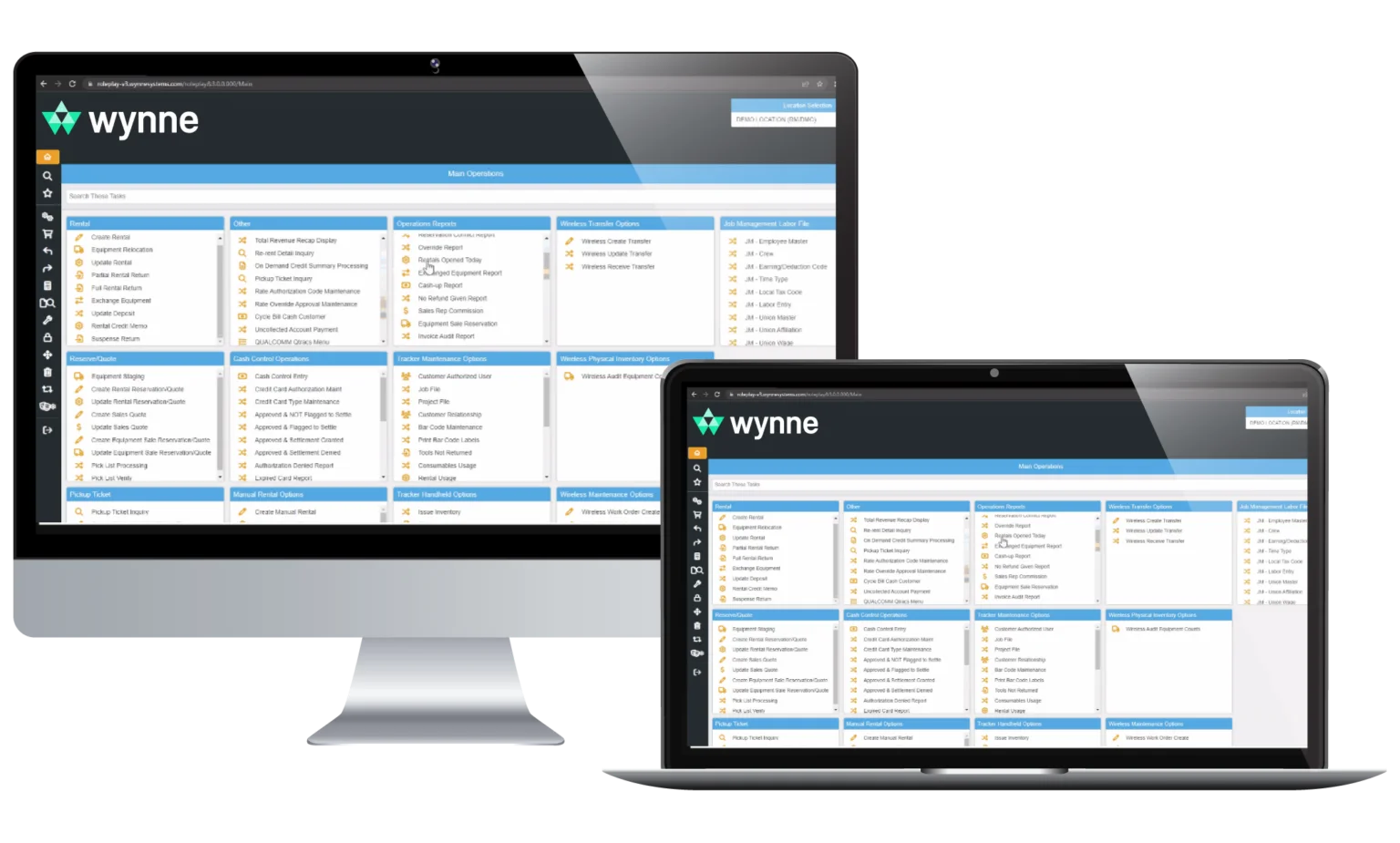
If you’ve traveled by air in recent years, you’ve probably noticed an increase in costs. While the price for airfare has only increased 0.6% between 2013 and 2014, it’s the incremental fees that have been noticeably increasing. Everything from an extra piece of luggage, early boarding or even a blanket have associated costs to the traveler. These additional fees have become known as “ancillary fees”, and have become one of the biggest factors in boosting revenue for the airline industry.
In fact, airlines have utilized ancillary fees in such a successful way that in 2014, the Bureau of Transportation Statistics reported that airlines received $38 billion in additional revenue on ancillary fees alone. The most successful example, United Airlines, reported that 14.9% of their 2014 revenue was generated from ancillary fees.
Rental equipment companies can’t necessarily charge for extra legroom, but there are many other ways they can recoup their costs through implementing fair and reasonable ancillary fees. Instead of increasing rental rates, adding ancillary fees on top of the rental rate make it possible to recover expenses required to own and maintain their rental fleet. Companies that isolate rental fees from ancillary fees are able to compete on advertised rental rates, yet increase revenue through other means.
Ancillary fees can be as finite as a Loss and Damage Waiver for rentals, or be broadened to include the service center as well. Costs associated with disposal of hazardous material or refueling, to name a few, should always be factored into charges to the consumer. How companies approach and implement these fees are dependent on many factors, which is why we created The Comprehensive Guide to Ancillary Fees as a reference for companies looking to add to their revenue stream. In our guide, we discuss ten different types of fees you should consider adding to increase your revenue stream.




